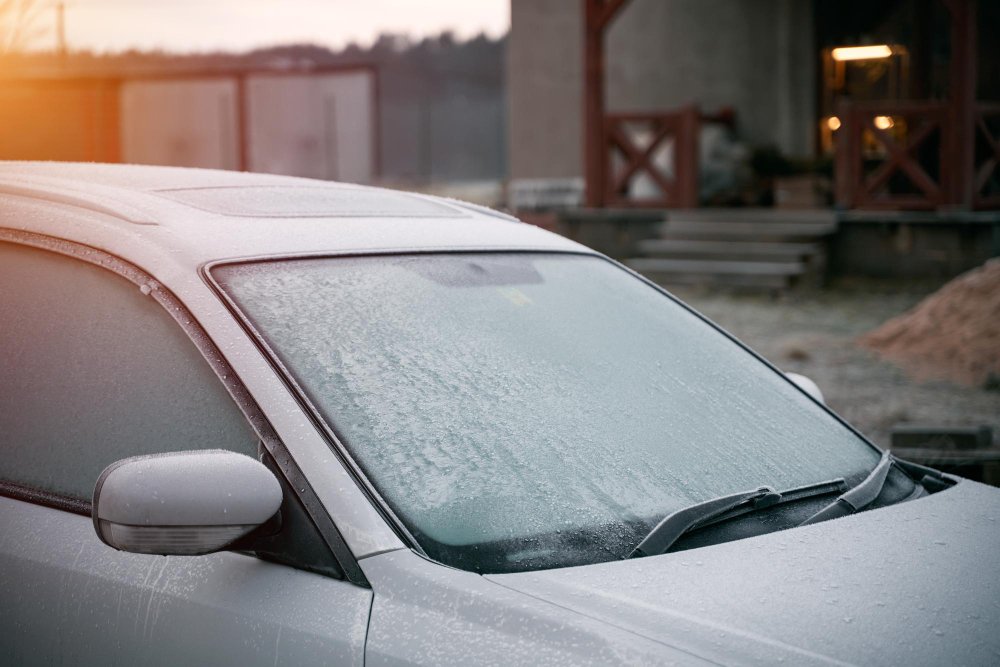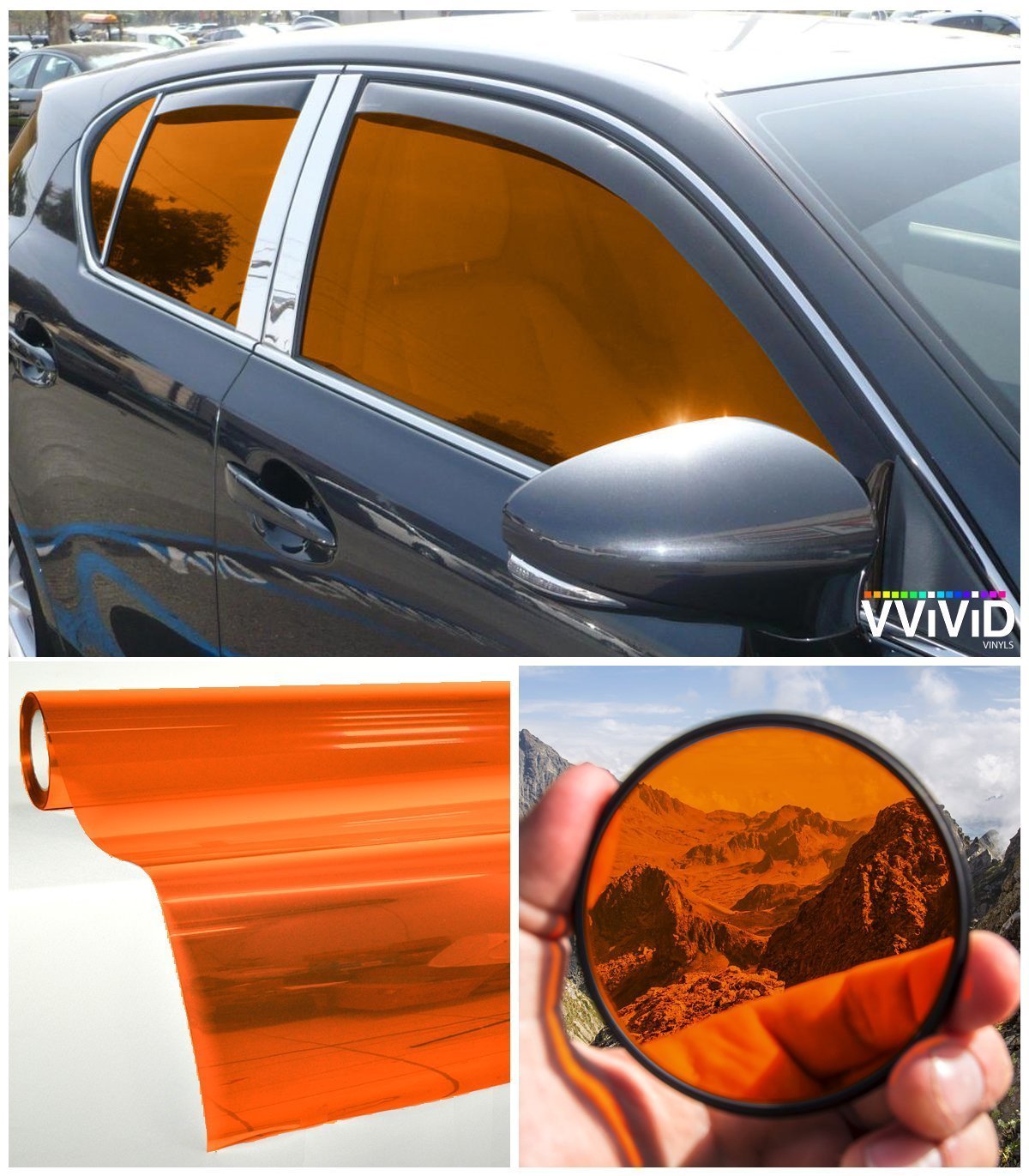Custom Vehicle Window Tinting Solutions for a Smooth and Fashionable Appearance
Custom Vehicle Window Tinting Solutions for a Smooth and Fashionable Appearance
Blog Article
Window Tinting Rules and Standards: What You Required to Know Before Tinting Your Car
Before proceeding with home window tinting for your lorry, it is crucial to acquaint yourself with the varied laws and guidelines that control this technique across different states. These guidelines dictate the allowable degrees of tint darkness, typically measured by visible light transmission (VLT) percents, and include particular stipulations for front windshields intended at making sure roadway safety.
Summary of Window Tinting Laws
Window tinting laws are regularly subject to variation across different jurisdictions, mirroring regional laws and security factors to consider. These regulations dictate the permissible degrees of color darkness and reflectiveness on car home windows, making sure that drivers maintain sufficient exposure while also safeguarding versus dangerous UV rays and warm.
Many laws identify home window tinting based upon the Visible Light Transmission (VLT) portion, which suggests the amount of light that can go through the home window. Typically, lower VLT percents symbolize darker colors. Legislations commonly differentiate between the front, side, and back home windows, with more stringent constraints used to the front windshield to enhance safety and security for both the driver and various other road users.
Additionally, some jurisdictions enforce constraints on the reflectivity of the color, avoiding too much glare that can impair presence. Exemptions to these regulations might exist for individuals with certain clinical conditions calling for added sun security. Compliance with window tinting policies is important, as infractions can cause penalties, necessary removal of the color, and prospective rises in insurance coverage premiums. It is important for automobile owners to acquaint themselves with neighborhood legislations prior to continuing with window tinting installations.
State-by-State Tint Regulations
Recognizing the specific window tinting regulations in each state is vital for automobile proprietors looking for to adhere to the law. Each state in the U.S. has actually developed its own set of guidelines regulating window tinting, which can vary significantly. These policies typically dictate the allowable levels of tint darkness, the kinds of home windows that can be tinted, and any type of clinical exceptions that may apply.
For circumstances, states like California have rigid limitations on color darkness for front windows, while others, such as New Mexico, may permit darker colors. In addition, particular states mandate specific visibility percentages for numerous windows, including the windshield, front side windows, and back windows. It is crucial for auto owners to acquaint themselves with their state's laws to avoid prospective fines or fines.
Furthermore, some states might require a certification sticker to be put on colored windows, showing compliance with state laws. Failing to abide by these policies not only runs the risk of legal effects but can likewise influence safety and visibility while driving. For that reason, automobile proprietors must conduct comprehensive study or get in touch with local authorities to ensure full understanding and compliance with state-by-state tint laws.
Allowed Color Types and levels
Many car owners may be stunned to learn that allowed tint degrees and types vary widely across different states. Each state has developed its own policies relating to the acceptable darkness and reflectivity of window tint, frequently gauged by Visible Light Transmission (VLT) percents. VLT describes the quantity of light that can go through the colored home windows; therefore, a reduced percent suggests a darker color.

Furthermore, the types of color materials allowed can vary, with some states banning metallic or mirror-like coatings. It is important for car owners to familiarize themselves with their state's specific legislations to guarantee conformity. Non-compliance can cause fines, mandatory removal of the color, or other legal repercussions, making it essential to understand these guidelines prior to waging installment.
Medical Exceptions for Tinting
While not all states offer allocations for clinical exceptions regarding window tinting, those that do recognize the necessity for details individuals to enhance why not try here presence and convenience because of medical problems. Different clinical conditions, such as lupus, skin cancer, and certain eye problems, can render individuals particularly conscious sunshine. These people might need darker colors to protect themselves from dangerous UV rays and glow.

It is crucial to note that despite a clinical exemption, there may still be constraints on the level of color enabled. Compliance with state legislations guarantees that people are both secured and within legal restrictions. Those considering medical exceptions must call their regional Department of Electric motor Cars or comparable authority to comprehend the treatments and needs needed to obtain an exemption efficiently.
Fines for Non-Compliance
Falling short to follow home window tinting regulations can cause significant penalties, which differ by state. Law enforcement agencies are equipped to provide citations for lorries that do not comply with the specified tinting laws. These penalties normally consist of penalties, which can vary from moderate quantities to numerous hundred bucks, depending upon the severity of the infraction and the state concerned.
In some territories, duplicated offenses may lead to escalating penalties or extra charges, such as compulsory court looks. Non-compliance may necessitate the elimination of unlawful tinting, commonly at the proprietor's cost. In severe instances, regular wrongdoers might face suspension of their automobile enrollment till compliance is achieved.
In addition, insurance implications might emerge from obtaining multiple citations for window color infractions. Insurance providers might view such violations as an indicator of riskier behavior, potentially leading to increased costs or difficulty in coverage.
To stay clear of these fines, it is crucial for vehicle proprietors to acquaint themselves with their regional home window tinting regulations and guarantee that their automobile complies (Window Tinting). This positive method not just prevents lawful ramifications however likewise promotes road safety and security
Conclusion

A lot of policies identify home window tinting based on the Visible Light Transmission (VLT) percentage, which shows the amount of light that can pass via the window. Compliance with window tinting laws is crucial, as offenses can result in fines, necessary removal of the color, and possible increases in insurance costs.Comprehending the particular window tinting regulations in each state is vital for lorry proprietors looking for to conform with the law. These guidelines usually dictate the allowable levels of color darkness, the kinds of home windows that can be tinted, and any kind of medical exemptions that may use.
For circumstances, states like The golden state have rigorous constraints on color darkness for front home windows, while others, such as New Mexico, may enable darker tints.
Report this page